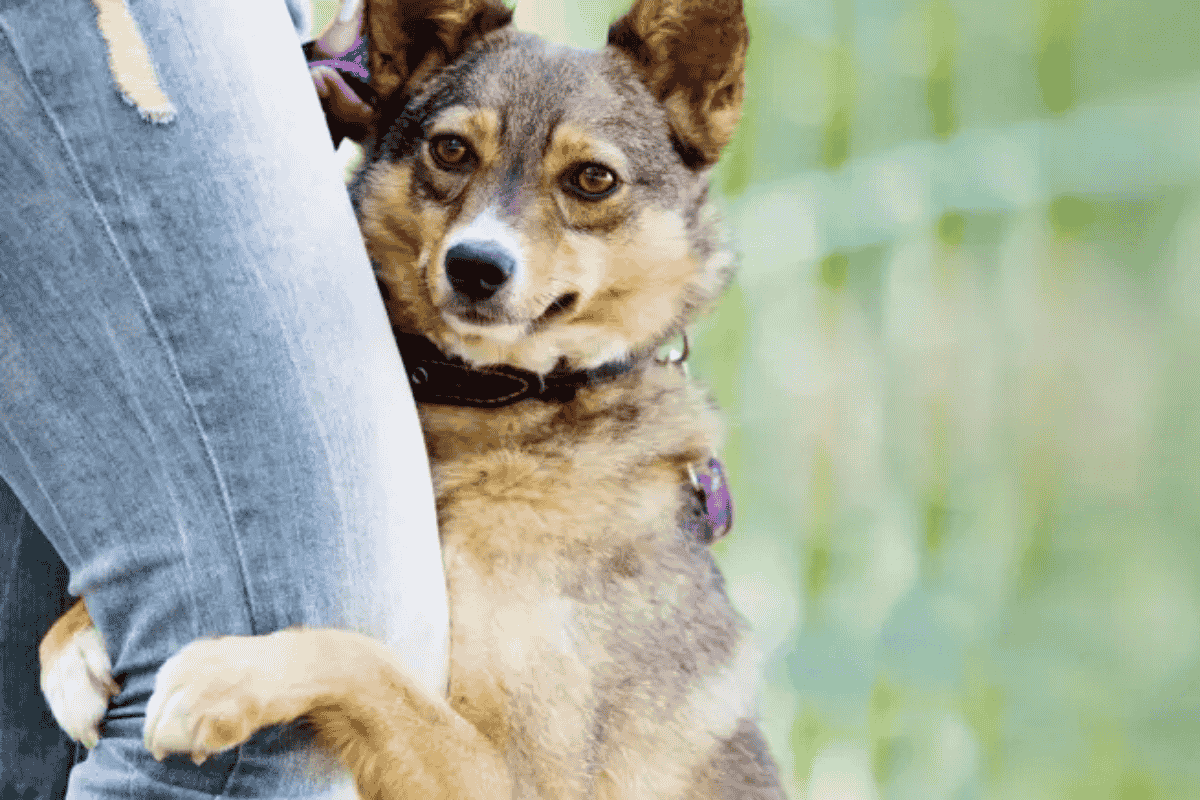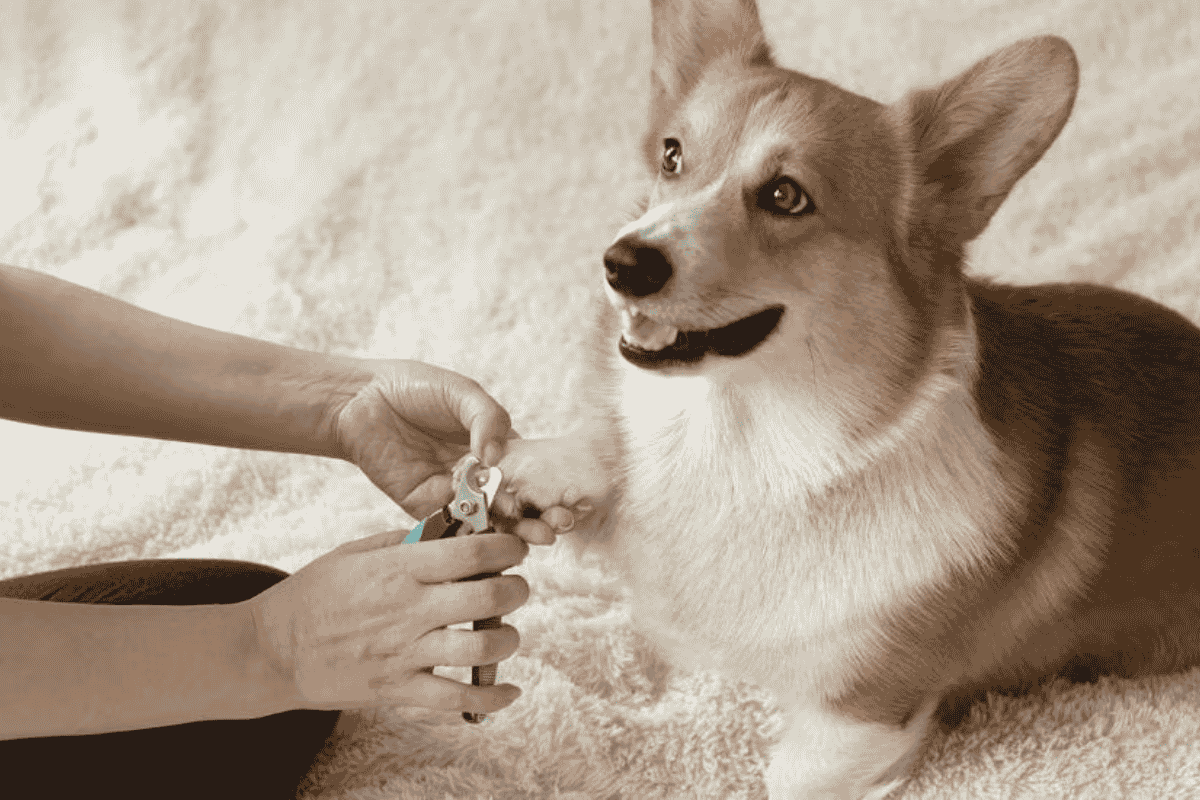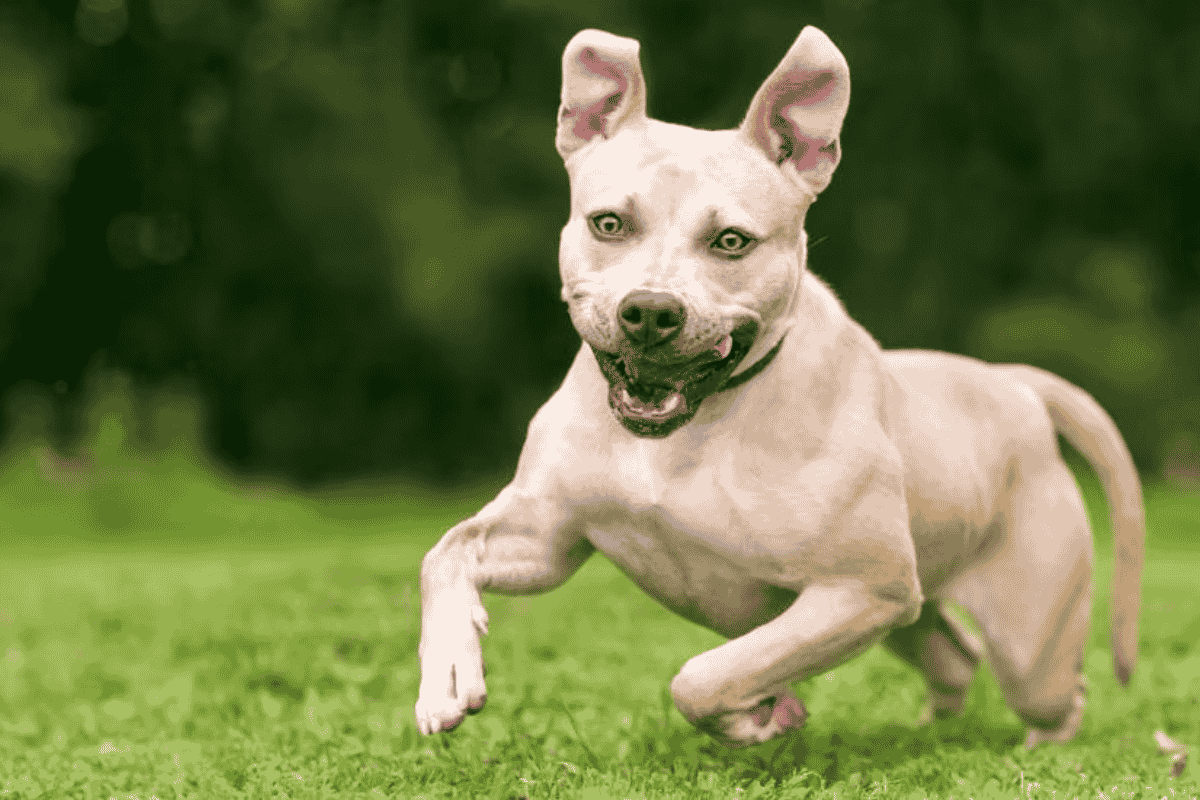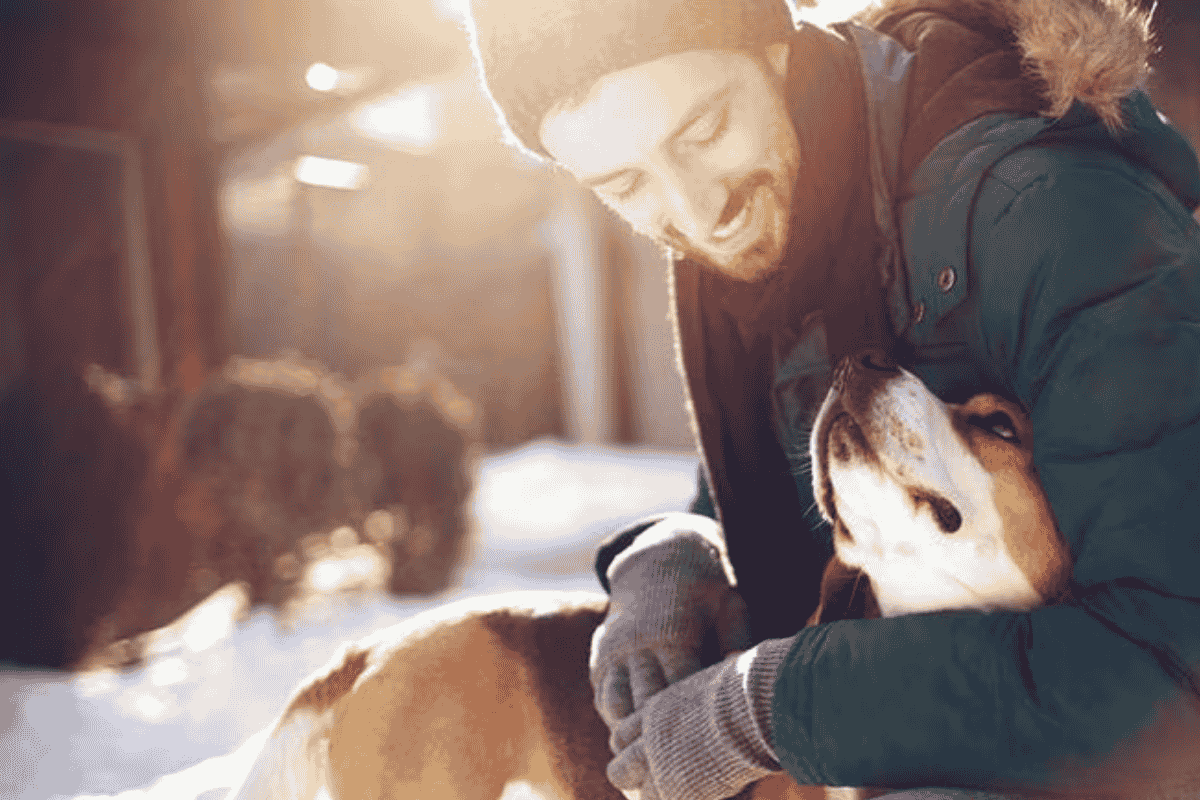Humping, also known as mounting behavior, is common in both male and female dogs—regardless of whether they are spayed or neutered. It can be directed toward other dogs, people, objects, or even the air.
While this behavior can be embarrassing for pet parents, it’s important to understand that humping doesn’t always have a sexual motivation.
Here’s why dogs hump and what you can do about it.
Reasons for Dog Humping
1. Hormones
In unneutered male dogs, humping is often hormonally driven by testosterone and typically occurs when a female dog is in heat. Some unspayed females may also mount people, other dogs, or objects during their heat cycle.
While neutering can reduce hormonally driven humping, not all cases are sexual—many dogs continue to hump for other reasons.
2. Play
Mounting is a normal part of play behavior, even in puppies as young as 3–6 weeks old. Both male and female puppies may mount one another during playful interactions. Adult dogs might also mount during play without any sexual intent—it’s just part of their social communication.
3. Excitement
Some dogs hump out of pure excitement. This might happen during playtime, when greeting familiar people or dogs, or when they’re overstimulated. The behavior can be a way to release pent-up energy.
4. Attention-Seeking
Dogs quickly learn that humping grabs attention—whether positive or negative. If you push them away or yell, you’ve still given them what they wanted: your attention.
To a dog, this might reinforce the behavior as a way to initiate play or interaction.
5. Social Status
In some cases, mounting can signal social dominance or status assertion between dogs. However, this is less common and usually occurs alongside other social behaviors such as posturing or vocalizations. It’s rare for this motivation to extend to interactions with people.
6. Anxiety
Dogs may hump when they feel anxious or stressed. This is a displacement behavior, meaning the dog redirects nervous energy into another action—similar to how people might tap their feet or bite their nails when nervous.
Should You Let Your Dog Hump Things?
Some dogs hump their favorite toys, pillows, or blankets, especially when alone.
If the behavior is occasional and harmless, and your dog isn’t hurting themselves or damaging anything, it’s typically fine. Humping can even be self-soothing for some dogs.
However, if you find the behavior undesirable:
- Redirect your dog to another activity, like playing fetch or doing a short training session.
- Remove objects that trigger humping.
- Offer enrichment items such as food puzzle toys or long-lasting chews to keep your dog occupied.
When Is Humping a Problem in Dogs?
Humping becomes a concern when:
- Your dog does it excessively and can’t be redirected.
- The behavior causes injury, such as skin irritation or penile lesions in male dogs.
- It worsens painful conditions like arthritis.
- It makes other pets or people uncomfortable.
If your dog humps to the point of causing wounds or seems compulsively focused on the behavior, it may be a sign of a medical or behavioral issue requiring veterinary attention.
How to Stop Dogs From Humping
It can be frustrating or embarrassing when your dog humps, but scolding or punishing them rarely works—and may make things worse by increasing anxiety. Instead, use positive reinforcement and redirection strategies.
Effective Ways to Stop Humping
- Redirect immediately: Call your dog’s name or offer a toy to distract them.
- Engage in alternate behaviors: Ask your dog to sit, lie down, or fetch—something incompatible with humping.
- Reward calm behavior: Give treats, praise, or gentle attention when your dog relaxes.
- Provide exercise and mental enrichment: Boredom can lead to excessive mounting. Daily walks, playtime, and puzzle feeders help.
- Manage triggers: If excitement or anxiety leads to humping, limit stimulating situations and create a calm environment.
If your dog continues to hump frequently despite consistent redirection and training, consult your veterinarian or a certified dog behaviorist. They can help determine whether hormonal, behavioral, or medical factors are contributing to the issue.
When to Seek Veterinary Help
Contact your veterinarian if:
- Your dog’s humping causes injury or irritation.
- The behavior becomes obsessive or interferes with daily activities.
- Your dog shows other symptoms such as pain, swelling, or difficulty urinating.
A vet may recommend medical tests or refer you to a certified animal behaviorist for further support.
FAQs
Why do dogs hump?
Dogs hump for a variety of reasons including hormones, play, excitement, attention-seeking, social behavior, or anxiety. While it’s often associated with sexual behavior, humping is not always sexual in nature.
Do female dogs hump too?
Yes. Both male and female dogs, whether spayed or neutered or not, may display humping behavior. In females, it can be a response to excitement, stress, or hormones, especially when they’re in heat.
Is dog humping normal behavior?
Yes. Humping is a normal, instinctive behavior seen in dogs of all ages and sexes. However, if it becomes excessive or causes harm, it should be addressed through redirection and behavioral training.
When is humping a problem in dogs?
Humping becomes a problem when it’s frequent, difficult to interrupt, or causes injury, discomfort, or irritation. Excessive humping may also indicate anxiety, stress, or a compulsive behavior that requires veterinary attention.
How can I stop my dog from humping?
Redirect your dog’s attention with toys, training, or physical activity. Encourage calm behaviors like sitting or lying down and reward them. Avoid punishment, as it can increase anxiety. If humping persists, consult a vet or dog behaviorist.
Will neutering stop my dog from humping?
Neutering may reduce hormonally driven humping but won’t eliminate all forms of the behavior. Dogs often hump out of excitement, stress, or habit, so behavior modification may still be needed.












